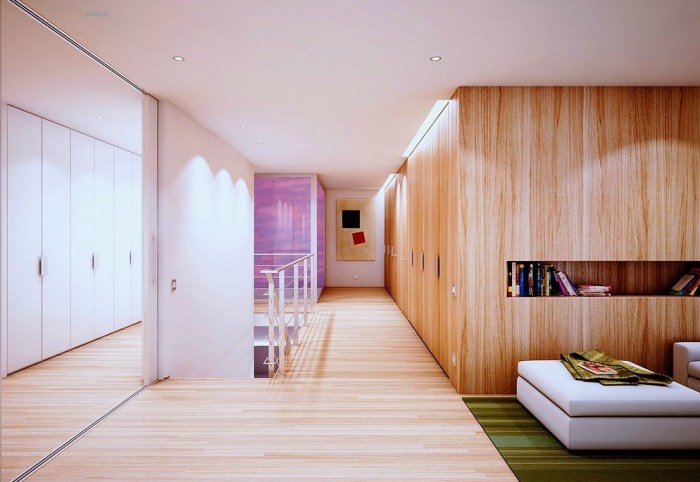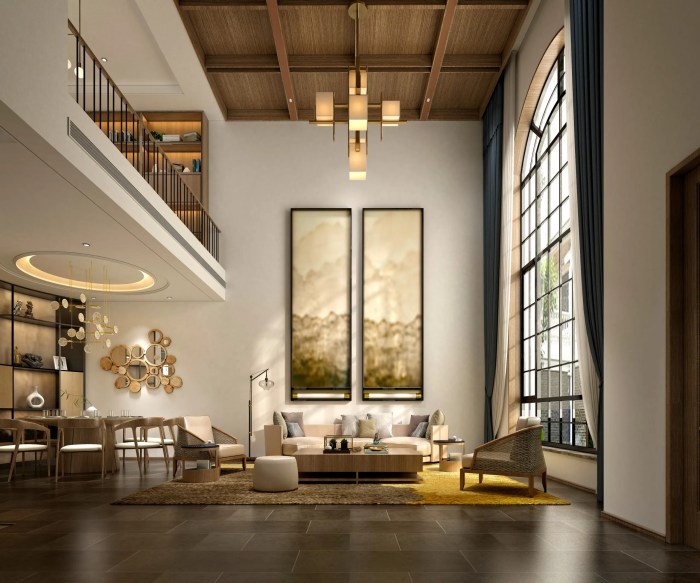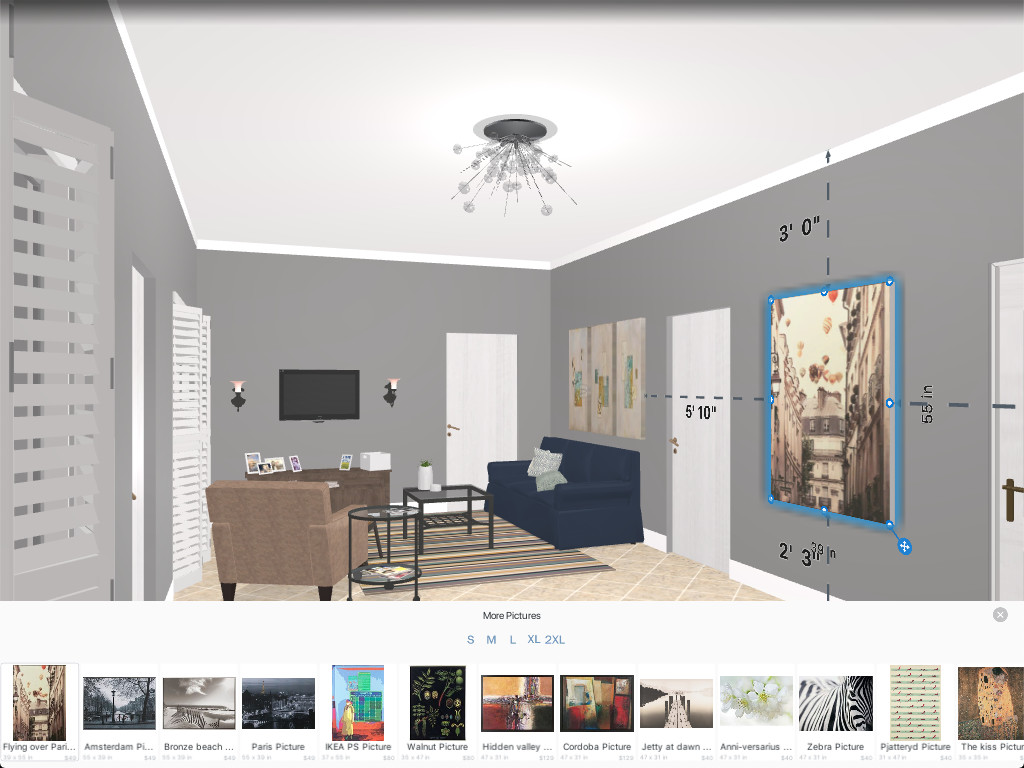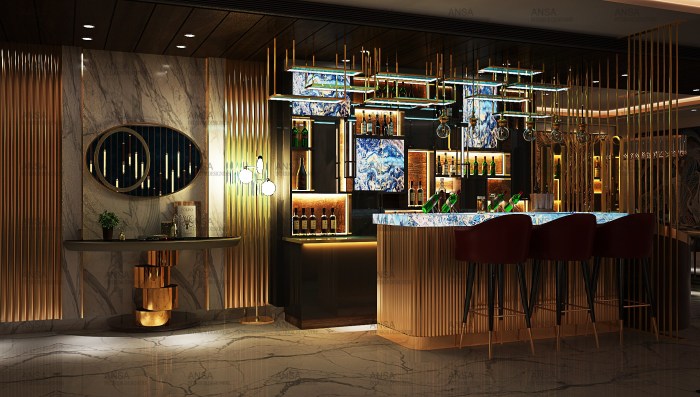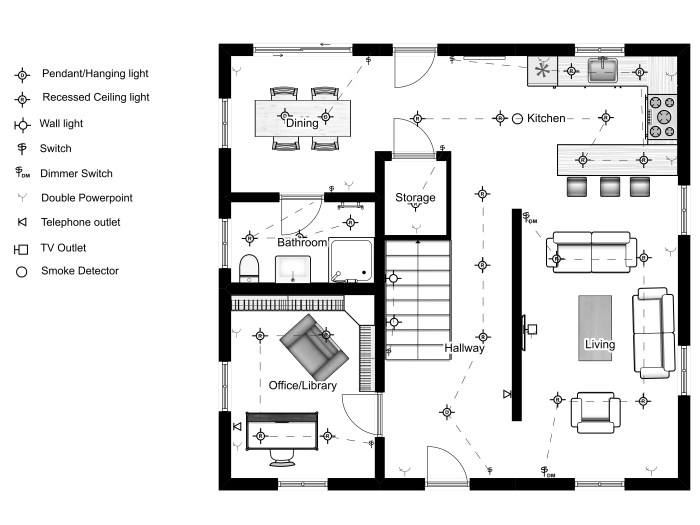Hotel room design is more than just aesthetics; it's about creating an unforgettable experience for guests. From innovative trends to essential elements, the design of a hotel room plays a crucial role in shaping customer satisfaction and reviews. Let's dive into the world of hotel room design and discover the key elements that make a stay truly unforgettable.
As we delve deeper into the realm of hotel room design, we'll uncover the trends, elements, and approaches that set the stage for a memorable guest experience.
Importance of Hotel Room Design
Hotel room design plays a crucial role in shaping the overall guest experience during their stay. It can significantly impact customer satisfaction and influence their reviews of the hotel. A well-designed hotel room not only provides comfort and functionality but also creates a welcoming and aesthetically pleasing environment for guests to relax and unwind.
Key Elements of a Well-Designed Hotel Room
- Comfortable and Quality Bedding: The bed is the focal point of any hotel room and should offer guests a restful night's sleep with high-quality linens and comfortable mattresses.
- Functional Layout: A well-designed hotel room should have a layout that maximizes space and functionality, providing guests with ample storage, workspaces, and seating areas.
- Thoughtful Lighting: Proper lighting is essential in creating ambiance and functionality in a hotel room. Different lighting options should be available to suit various guest needs.
- Modern Amenities: Including modern amenities such as smart TVs, high-speed internet, and charging stations can enhance the guest experience and convenience during their stay.
- Attention to Detail: Paying attention to details such as decor, artwork, and finishing touches can elevate the overall look and feel of the hotel room, creating a memorable experience for guests.
Impact of Hotel Room Design on Customer Satisfaction and Reviews
Hotel room design directly influences customer satisfaction and reviews. A well-designed room that meets guests' expectations and provides a comfortable and pleasant stay is more likely to result in positive reviews and repeat business. On the other hand, a poorly designed room with uncomfortable furnishings, inadequate lighting, or lack of modern amenities can lead to negative reviews and impact the hotel's reputation.
Trends in Hotel Room Design
In the ever-evolving world of hospitality, hotel room design has seen significant shifts in recent years to meet the changing needs and preferences of guests. Let's delve into some of the current trends shaping the landscape of hotel room design.
Sustainability in Design
One prominent trend in hotel room design is the emphasis on sustainability. Hotels are increasingly incorporating eco-friendly materials, energy-efficient fixtures, and green technologies to reduce their environmental impact. For example, some hotels are implementing key card systems that control room lighting and temperature to conserve energy when guests are not present.
Technology Integration
Another major trend is the seamless integration of technology into hotel room design. From smart room controls and virtual concierge services to in-room tablets for ordering room service or booking spa appointments, technology is enhancing the guest experience and making stays more convenient and personalized.
Innovative Design Concepts
Modern hotel rooms are embracing innovative design concepts to create unique and memorable experiences for guests. This includes creative use of space, versatile furniture arrangements, and artistic elements that reflect the local culture or heritage. For instance, some hotels are incorporating modular furniture that can be rearranged to suit different guest needs.
Importance of Staying Updated
Staying updated with design trends in the hospitality industry is crucial for hoteliers to remain competitive and meet the expectations of today's discerning travelers. By adopting the latest design trends, hotels can attract guests seeking modern comforts, sustainability practices, and technological conveniences, ultimately enhancing their overall guest satisfaction and loyalty.
Elements of a Well-Designed Hotel Room
When it comes to designing a hotel room, several essential elements need to be taken into consideration to create a comfortable and inviting space for guests. These elements include lighting, furniture, color schemes, and overall functionality.
Lighting
Proper lighting is crucial in a hotel room design as it can greatly affect the ambiance and mood of the space. It's essential to have a mix of ambient, task, and accent lighting to create a well-lit room that is both functional and aesthetically pleasing.
Furniture
The choice of furniture plays a significant role in the overall design of a hotel room. Whether it's modern, minimalist, luxury, or boutique style, the furniture should be comfortable, durable, and stylish to enhance the guest experience.
Color Schemes
The color scheme of a hotel room sets the tone for the space and can greatly impact the guest's mood. Different styles of design may call for varying color palettes, but it's essential to choose colors that are soothing, inviting, and cohesive with the overall theme of the room.
Functionality and Aesthetics
Functionality and aesthetics go hand in hand when designing a comfortable hotel room. While aesthetics are important for creating a visually appealing space, functionality ensures that the room is practical and meets the needs of the guests. Balancing both aspects is key to a successful hotel room design
Guest-Centric Design Approach
Guest-centric design in hotel rooms focuses on creating a space that caters to the specific needs and preferences of guests, ensuring a comfortable and personalized experience during their stay. By putting the guest at the center of the design process, hotels can enhance overall satisfaction and loyalty.
Customized Room Layouts
Hotels can tailor room layouts to accommodate different types of guests, such as families, business travelers, or couples. For example, incorporating flexible furniture arrangements, extra storage space, or workstations can cater to the diverse needs of guests and enhance their overall comfort and convenience.
Personalized Amenities and Services
Hotels can offer personalized amenities and services based on guest preferences, such as pillow menus, room fragrance options, or personalized welcome gifts. By understanding the individual preferences of guests, hotels can create a more memorable and tailored experience that exceeds expectations.
Technology Integration
Integrating technology into room design, such as smart room controls, streaming services, or digital concierge services, can enhance the overall guest experience and streamline their stay. By providing seamless and intuitive technology solutions, hotels can meet the expectations of tech-savvy guests and enhance convenience.
Benefits of Guest-Centric Design
- Increased guest satisfaction and loyalty
- Enhanced guest experience and personalized service
- Positive word-of-mouth recommendations and online reviews
- Improved competitive advantage and differentiation in the market
In conclusion, adopting a guest-centric design approach in hotel rooms can lead to increased guest satisfaction, loyalty, and overall success for hotels by creating a personalized and tailored experience that meets the diverse needs and preferences of guests.
Sustainable Design Practices in Hotel Rooms
Implementing sustainable design practices in hotel rooms is crucial for reducing environmental impact and operational costs. By incorporating features such as energy-efficient lighting and eco-friendly materials, hotels can create a more environmentally friendly and cost-effective space for guests.
Energy-Efficient Lighting
One of the most common sustainable design practices in hotel rooms is the use of energy-efficient lighting. LED bulbs, for example, consume less energy and have a longer lifespan compared to traditional incandescent bulbs. This not only reduces electricity usage but also lowers maintenance costs for the hotel.
Eco-Friendly Materials
Another important aspect of sustainable design is the use of eco-friendly materials in hotel room furnishings and decor. Hotels can opt for recycled or sustainably sourced materials for furniture, flooring, and textiles. This not only reduces the environmental impact but also creates a healthier indoor environment for guests.
Importance of Sustainability
Integrating sustainable design practices into hotel room design is essential for both environmental and cost-saving reasons. By reducing energy consumption, water usage, and waste production, hotels can minimize their carbon footprint and operating expenses. This not only benefits the environment but also enhances the overall guest experience by promoting a more sustainable lifestyle.
Examples of Sustainable Hotels
Several hotels have successfully integrated sustainable design practices into their room designs. For instance, the 1 Hotel Brooklyn Bridge in New York City features reclaimed materials, energy-efficient systems, and a LEED-certified design. Similarly, the Bardessono Hotel in Napa Valley incorporates solar panels, water-saving fixtures, and organic linens to minimize its environmental impact.
End of Discussion
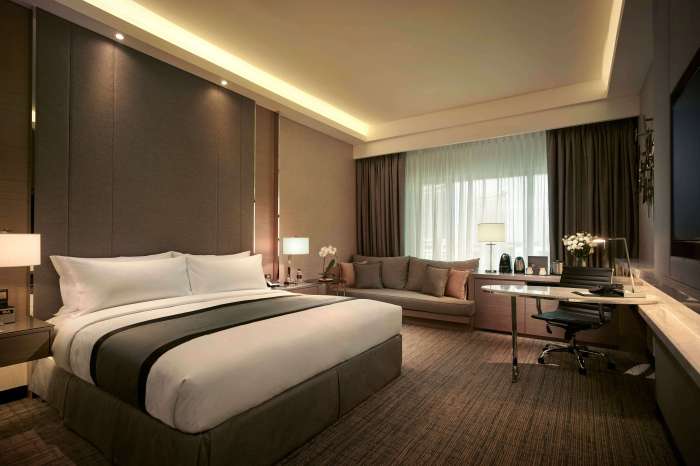
From sustainable practices to guest-centric approaches, hotel room design is a dynamic field that continues to evolve. By focusing on both functionality and aesthetics, hotels can create spaces that leave a lasting impression on guests. The journey through the world of hotel room design is one filled with endless possibilities and opportunities for innovation.
Commonly Asked Questions
What are the key elements of a well-designed hotel room?
Key elements include lighting, furniture, and color schemes that enhance the overall guest experience.
How can hotels tailor room design to meet guest preferences?
Hotels can personalize room design by incorporating amenities and features that cater to the needs of different guests.
Why is sustainability important in hotel room design?
Sustainability not only benefits the environment but also helps hotels save on costs in the long run.

